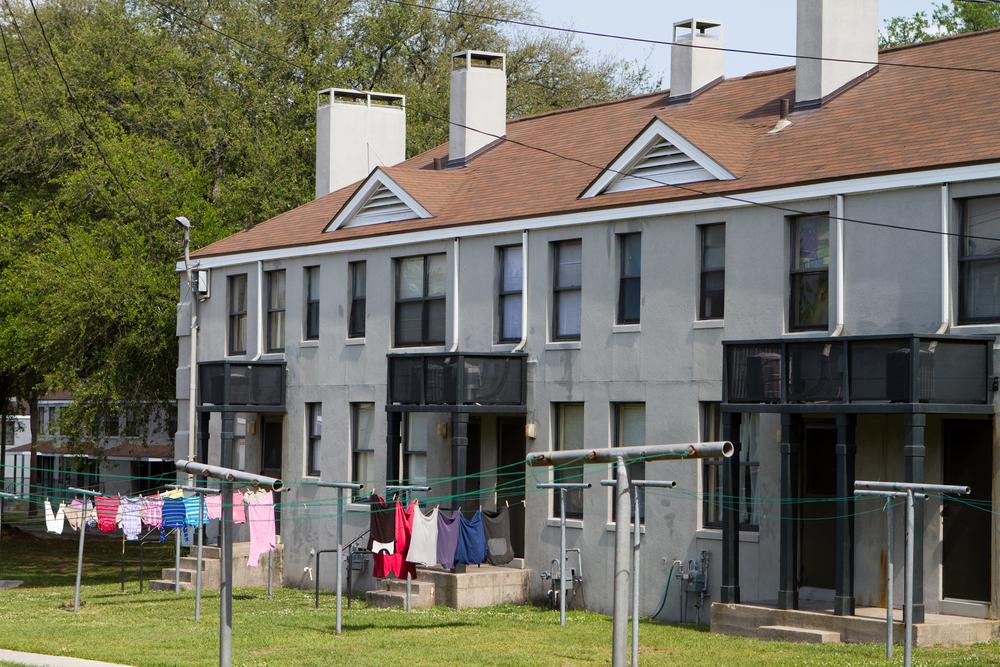Comprehensive Guide to Affordable Housing Options for Low-Income Families
Discover essential information about low-income housing options, including program types, eligibility criteria, application procedures, and what to expect. This guide helps families navigate affordable housing opportunities and understand the eligibility process, wait times, and program guidelines to find suitable, subsidized accommodations.

Comprehensive Guide to Affordable Housing Options for Low-Income Families
Affordable housing units are subsidized rentals designed to assist families with limited financial resources in finding affordable living spaces. Eligibility depends on household income falling below specific limits. These housing options are managed either privately or by municipal authorities. Property owners set lower rents, with the government covering the difference through subsidies, often via federal or state tax credits.
Who administers these housing programs?
People with low income, disabilities, or seniors can access support through the U.S. Department of Housing and Urban Development (HUD).
HUD does not directly own rentals but provides funding to landlords and agencies that manage housing.
What types of programs are available?
Affordable housing programs are categorized into three main types:
Privately operated housing – Landlords offer reduced rent prices for qualifying low-income tenants.
Public housing – Families are placed on waitlists until suitable units are available.
Housing Choice Voucher Program (HCVP) – Participants can choose rental units and use vouchers to partially or fully cover rent costs.
What income levels are considered low income?
Low-income status pertains to families earning no more than 150% of the federal poverty level in the previous year.
Individuals earning up to 199% of the poverty guidelines are classified as low-income earners.
Eligibility is determined by local Public Housing Agencies (PHAs), considering income, family size, citizenship, disability, age, and other factors.
Typically, family income should not exceed half of the area's median income.
How can one apply for the Housing Choice Voucher Program?
Contact your local PHA for guidance and assistance.
Complete an application form with help if needed.
The PHA reviews income, household size, and assets to assess eligibility.
The agency verifies information through local agencies, banks, and employers.
If eligible, the PHA provides assistance to afford suitable rental housing in your preferred area.
The rental must meet health and safety standards before approval.
Once a property is selected, the PHA inspects it prior to lease signing to ensure it meets quality standards.
How do I check my application status?
Once approved, your name is placed on a waitlist managed by the PHA.
The agency contacts you when it’s your turn to receive the voucher.
Key facts about affordable housing
High demand often leads to long wait times for eligibility.
Approval in one location does not guarantee eligibility elsewhere.
If ineligible, local organizations or community groups may offer support or referrals.
Veterans and seniors have dedicated programs through HUD and VA.
Special provisions exist for rural residents and elderly populations.
Duration of assistance through public housing
There’s generally no fixed time limit, but high demand may cause waitlists to close.
In some regions, wait times can extend from three to five years.










